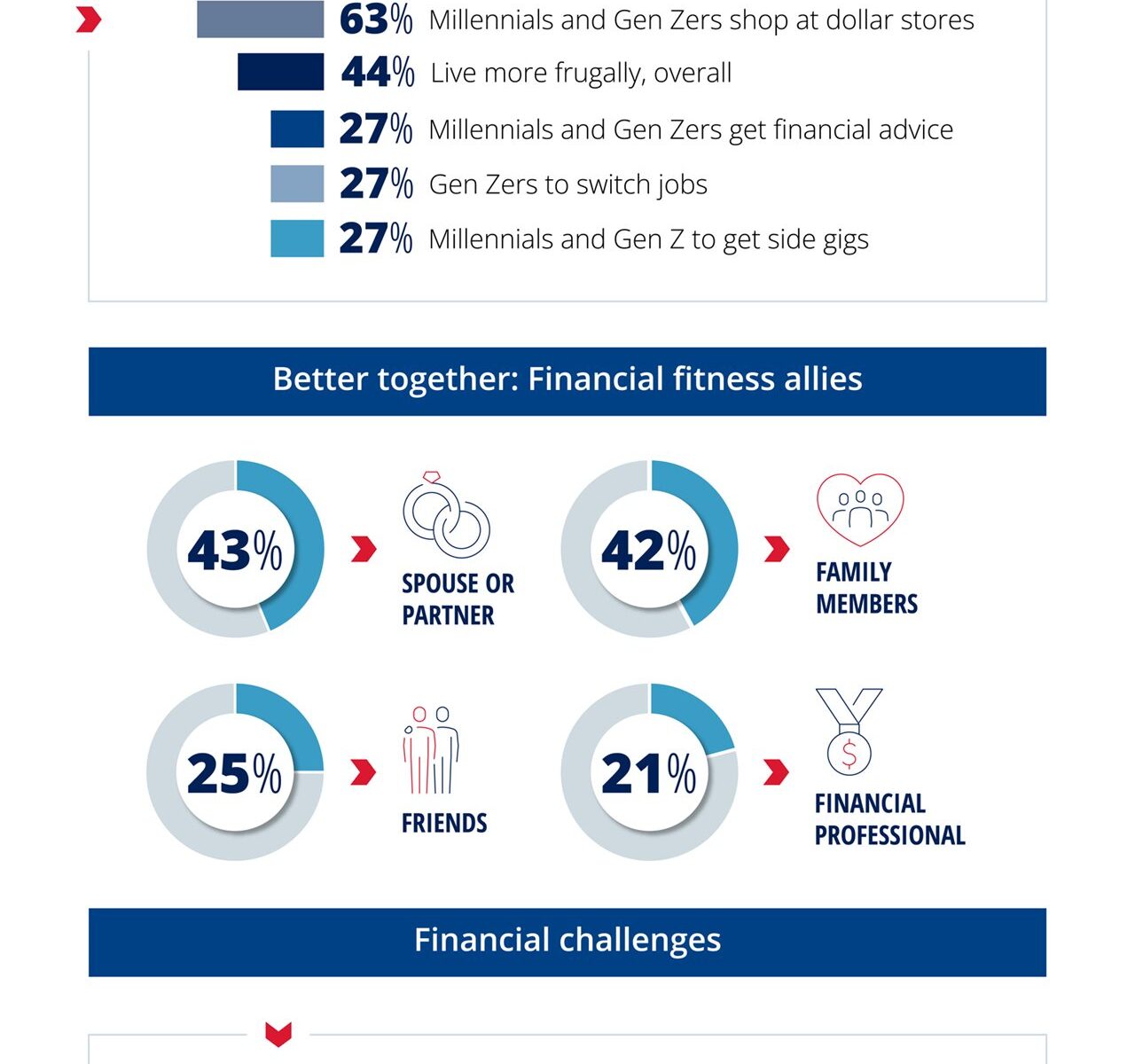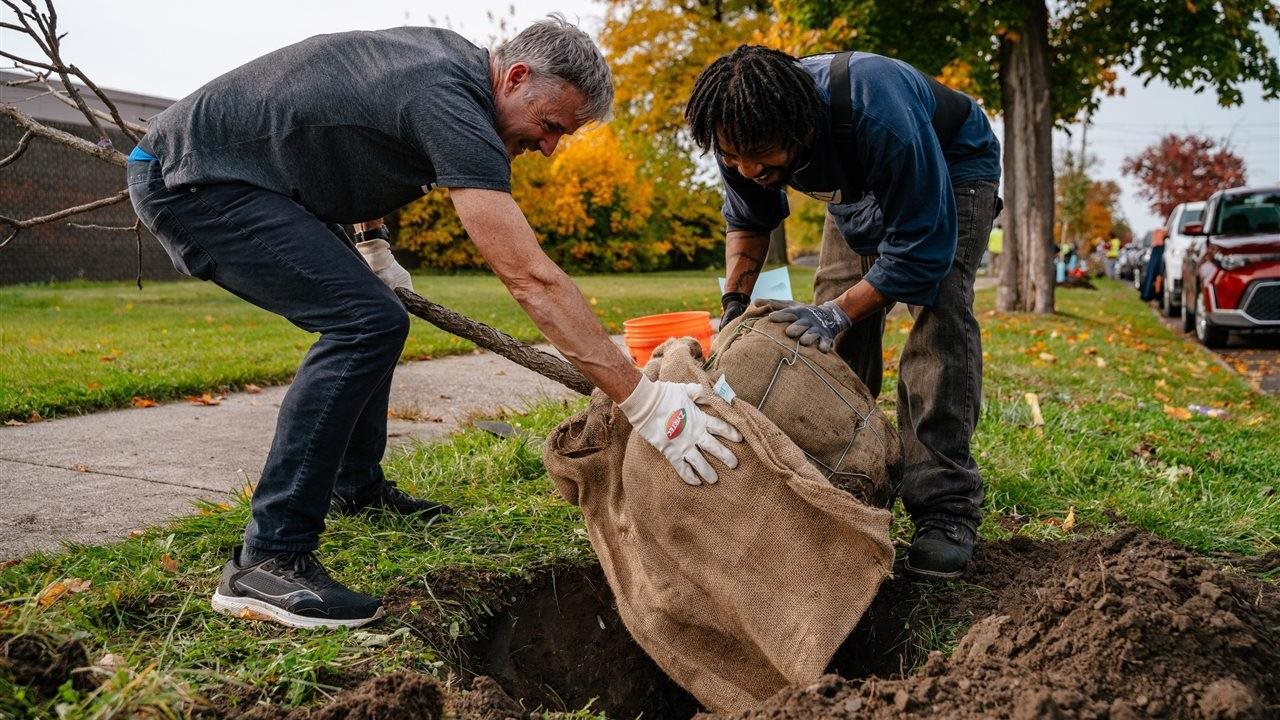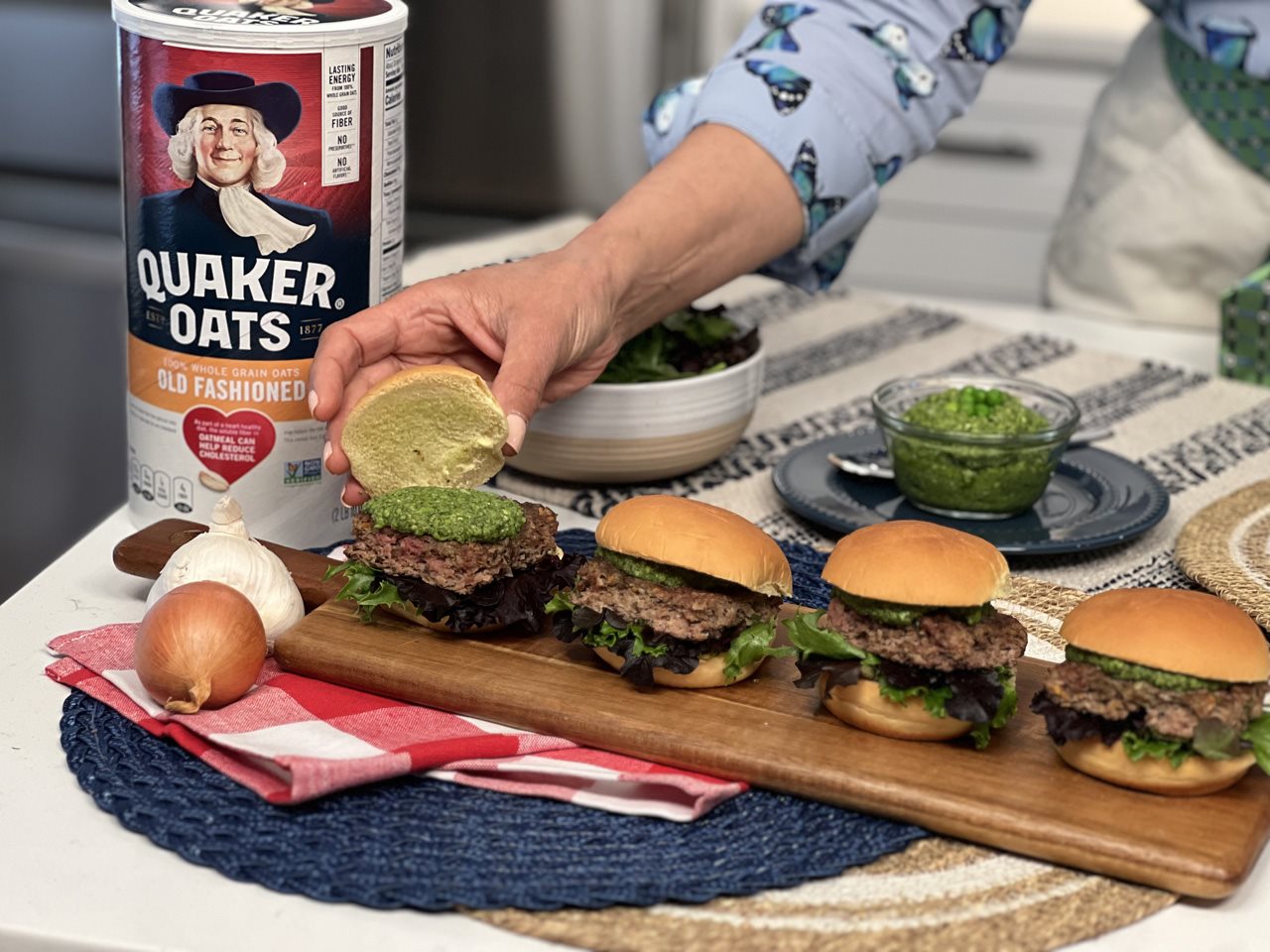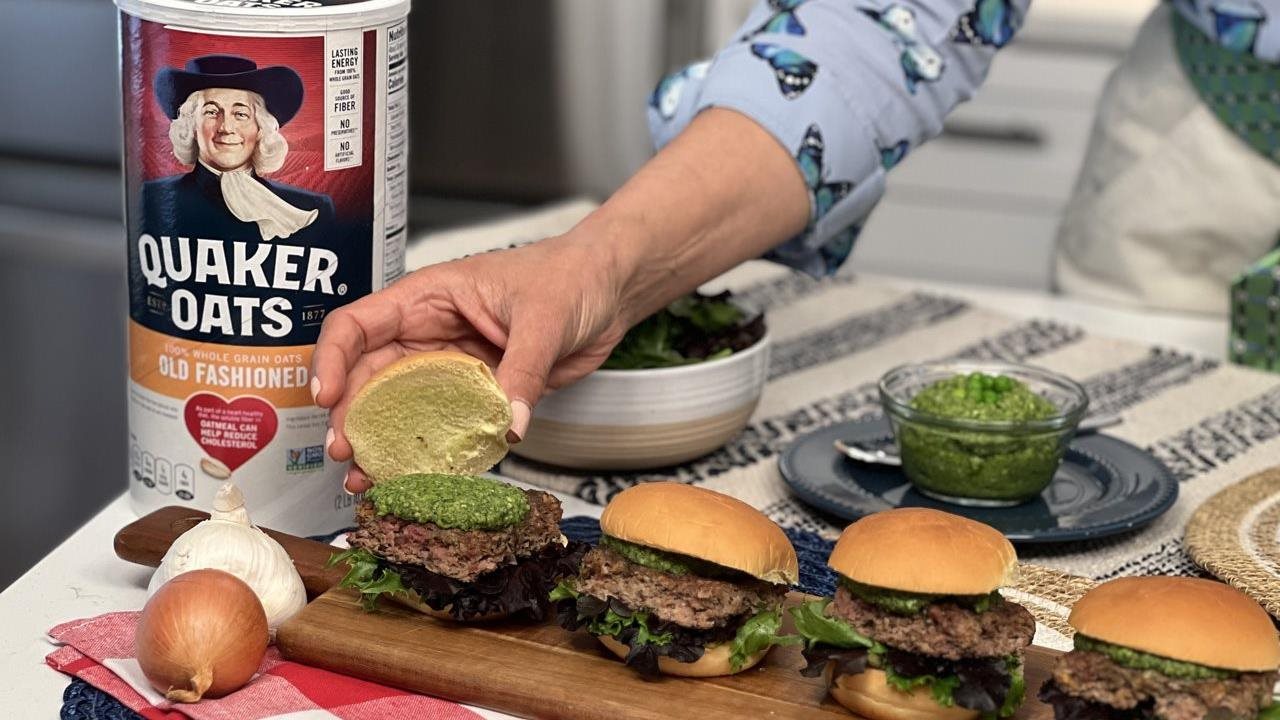2024-04-26T09:41:57
(BPT) – For some, skiing isn’t just a sport. It’s a way of life. This is especially true for Holly Reitsema, who was raised in a family of freestyle skiers. Not only is she a competitive freestyle skiing athlete, but she also coaches at the prestigious Woodward Copper snowboard and ski training camp.
“I’ve been skiing since I was 3 years old. I ski over 200 days a year and it’s my livelihood,” said Reitsema.
Everything changed for Reitsema when she tore her anterior cruciate ligament (ACL) when she hit a jump while skiing. “Midair, I felt off-axis and shoulder heavy, so I knew I was about to fall. I then did the worst thing possible and fought my fall, so my body was twisted when I landed.”
Not an uncommon story
Skiers like Reitsema are well acquainted with ACL injuries. According to Miach Orthopaedics, about 400,000 ACL injuries occur each year in the U.S. Of those injuries, 20,000 happen while skiing. Even with gear maintenance, proper warmup and strengthening exercises, ACL tears still happen to skiers of all levels and ages.
Unlike many other ligaments in the body, the ACL cannot heal on its own and often requires ACL reconstruction (ACLR) surgery. During ACLR, an orthopedic surgeon removes the torn ACL and replaces it with a graft from another part of the body or a deceased donor.
Although ACL reconstruction is effective, the procedure has drawbacks. When a graft is taken from the knee, many patients experience long-term knee pain. And when a graft is taken from the hamstring, patients may have persistent weakness in that muscle. Regardless of the graft type, many people cannot return to the same level of daily activities or sports.
Reitsema’s father had ACLR years previously with a patellar tendon graft, and she saw how the injury changed him. Hesitation, pain and multiple operations held him back from his prior feats, and this was not something Reitsema nor her father wanted.
“My local orthopedic surgeon initially suggested I get ACL reconstruction with a patellar tendon graft,” said Reitsema. “I was very hesitant because I wasn’t experiencing pain from the ACL tear, but the doctor said I would have pain after getting the graft. I was concerned that I wouldn’t be able to return to skiing or coaching. Something just didn’t feel right about the patellar tendon graft procedure to me.”
A novel treatment for ACL injuries
Luckily for Reitsema, she was an excellent candidate for a novel ACL tear treatment. The BEAR Implant is the first medical advancement that enables the ACL to heal on its own. The implant works by using your own blood to heal the torn ends of your ACL back together, restoring its natural anatomy and function.
During the procedure, the orthopedic surgeon adds your own blood to the BEAR Implant and attaches it between the torn ends of your ACL. The implant holds and protects the blood to allow clot formation. Over time, the BEAR Implant — made of collagen — is resorbed by your body and replaced with native ACL tissue.
“I think the BEAR Implant has the potential to change the entire paradigm around ACL injuries,” said Dr. Alex Meininger, an orthopedic surgeon at Steamboat Orthopaedic and Spine Institute in Steamboat Springs, Colorado. “Previously, we as surgeons thought an ACL tear was incompatible with healing and the stump of native ACL tissue unsalvageable. The regenerative medicine potential of the BEAR Implant has turned that notion on its head.”
After speaking with Reitsema, Meininger felt that she was a great fit for the BEAR Implant. After the procedure and diligent rehab, Reitsema’s ACL healed, and she was able to return to skiing and coaching.
“After hitting the slopes for the first time, I was so proud that my knee didn’t tire out,” said Reitsema. “Since skiing and coaching again, I have been building my stamina and am more self-aware of my energy levels. These days, once I properly warm up, I feel like I did before I got injured. Being able to hit a rail and demonstrate tricks for my students while coaching is an extreme accomplishment for me.”
Reitsema’s story isn’t the only success of this innovative treatment. To date, over 300 patients with snow-related injuries have been treated with the BEAR Implant. To learn more about the procedure and read safety information, visit BEARImplant.com/Snow.




















